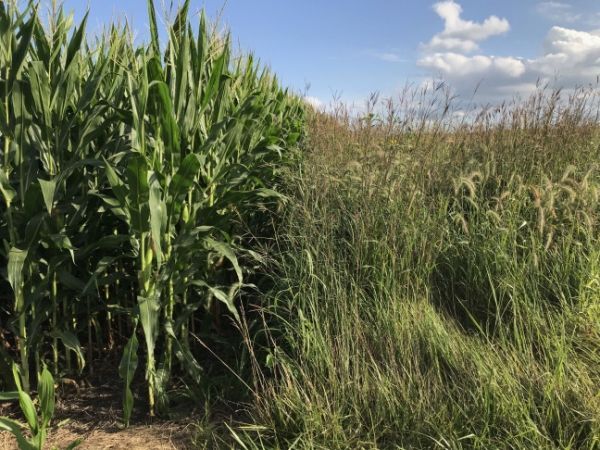The ability of cover crops to stimulate microbes deep in the soil of farm fields leads to significant gains in water quality but does not necessarily increase the capacity of soil to store carbon, according to a recently published study from Iowa State University scientists.
The study, published in the academic journal Global Change Biology Bioenergy, analyzed soil samples that had undergone a wide range of long-term treatments. Steven Hall, an assistant professor of ecology, evolution and organismal biology and corresponding author of the study, said the research delves deep below the surface to explore how cover crops and perennial prairie plants affect soil microbial activity.
The research found winter rye, a plant commonly used as a cover crop, provides a source of carbon that stimulates microbes as much as a meter under the surface of the soil. That stimulation increases the microbes’ demand for nutrients. The process of consuming soil nutrients keeps those nutrients from running into waterways, which is an important environmental benefit.
However, the microbes may digest much of the carbon provided by the cover crop, converting it into carbon dioxide, which is released to the atmosphere. This means that the cover-crop carbon is not necessarily stored, or sequestered, where it could help offset climate change.
Continue reading at Iowa State University
Image via Iowa State University


